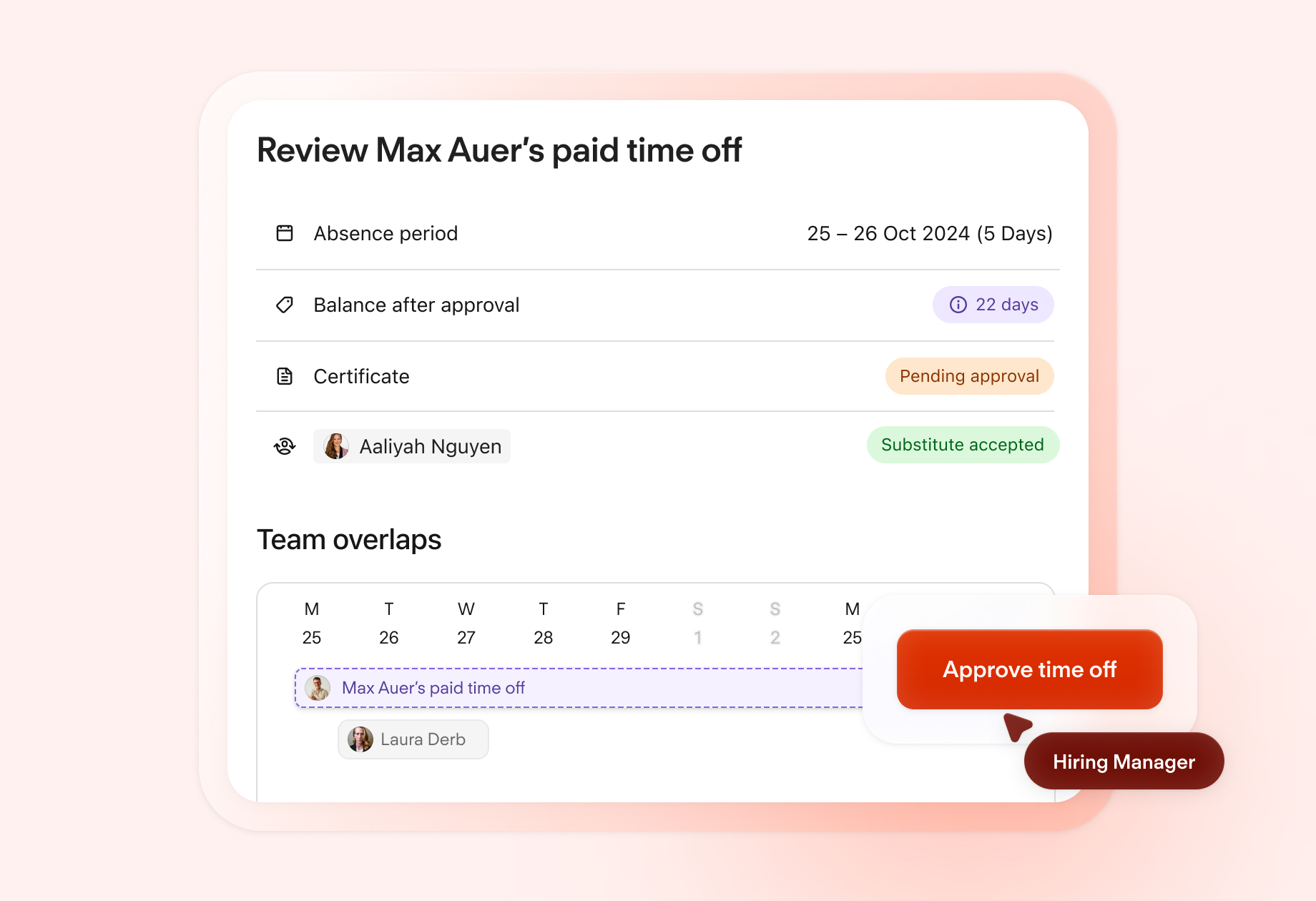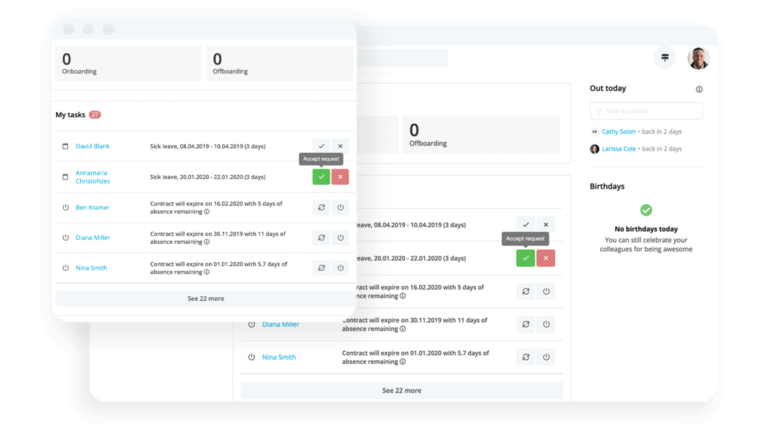Phased Return to Work: What You Need to Know (HR Guide)

When it comes time to put a phased return to work in place for your employees, being careful is going to be key. Some of your employees may be nervous, and some may not want to come back at all, so you need a plan to prepare.
While preparing, some common questions will likely arise: What is a ‘phased return to work'? Is it necessary? How can HR managers make sure it happens as smoothly as possible? In this article, we will answer each to help keep you prepared.
Start by downloading our back-to-the-office checklist right now.
What is a phased return to work?
A phased return to work is a method of gradually reintroducing an employee to their work and workplace. They most commonly occur after an extended period of absence (such as an illness or parental leave).
How does a phased return to work occur?
As part of a phased return to work, employees are often:
Given light or lighter duties
Asked to work a set of reduced hours
Granted certain limitations to help them adjust
In some cases, they might even require the workplace to be adjusted, on the recommendations of a doctor.
Onboarding & Returning Go Hand In Hand
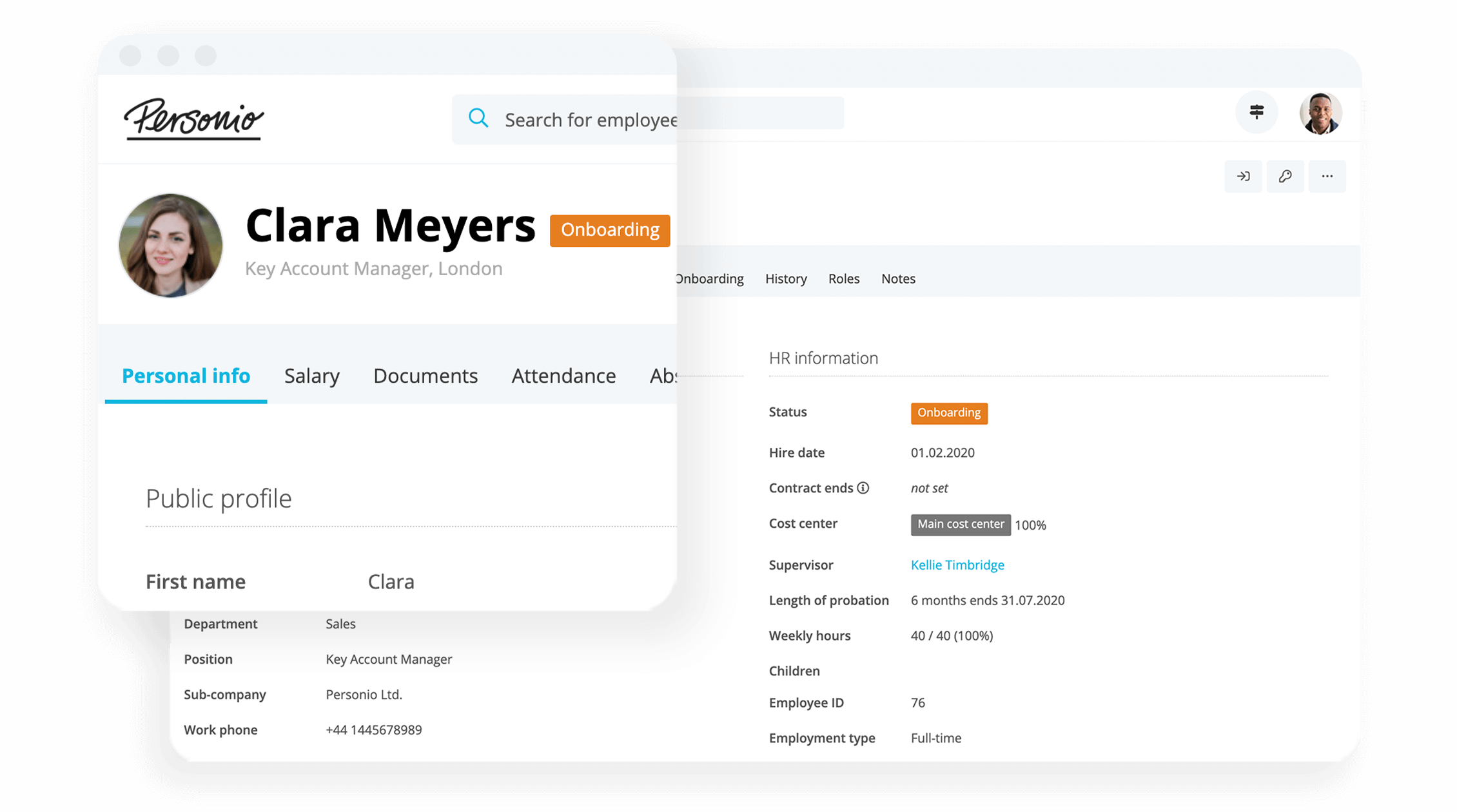
A return to work can often feel like a re-onboarding. Ensure that all of your tasks and reminders are in place for employees, to ensure a smooth return to great work.
Re-Onboarding With PersonioAre phased returns to work really necessary?
In short, yes. The longer employees have been away, the harder it is likely to be for them to adjust to being back in the office. Having a phased return to work plan makes it easier for everyone to prepare, adjust and know what to expect.
How do you do a phased return to work safely?
Start by creating a phased return to work plan. That can begin by making sure that you’ve answered these questions…
Who should be in the office at the same time?
What health and safety requirements need to be put into place?
How do people move between areas?
How do employees interact with each other?
Easily Prepare For An Office Return
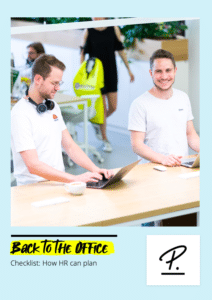
When creating your own plan, you might also find it helpful to download our checklist: Back to the Office. In it, we include examples of how we have helped people enjoy a safe phased return to work.
Download NowWhy is a phased return to work important?
It’s important to help people come back to work in a way that is not overwhelming for them. Here are some tips to help you phase it right:
Increase their activity gradually (especially if they have been sick).
Create a ‘return to work pathway’ that allows them to do less stressful work.
Allow flexible working and other arrangements.
Be patient and lead with empathy.
How can HR managers make a phased return to work easier?
When combined with these other listed steps, you’re far more likely to keep employees as happy and safe as possible on their return:
Have a proposed plan
Listen to your employees
Address their concerns
Revise the plans if necessary
Explain how it will work safely and securely
Help them understand why it’s good for them and the company
How do you prepare employees for a phased return to work?
When you’re preparing an employee for a phased return to work, remember these change management steps in the ADKAR model. You’ll need to create:
A – Awareness of the need to change
D – Desire to support the change
K – Knowledge of how to change
A – Ability to demonstrate skills and behaviors
R – Reinforcement to make the change stick
Track Who’s In And When
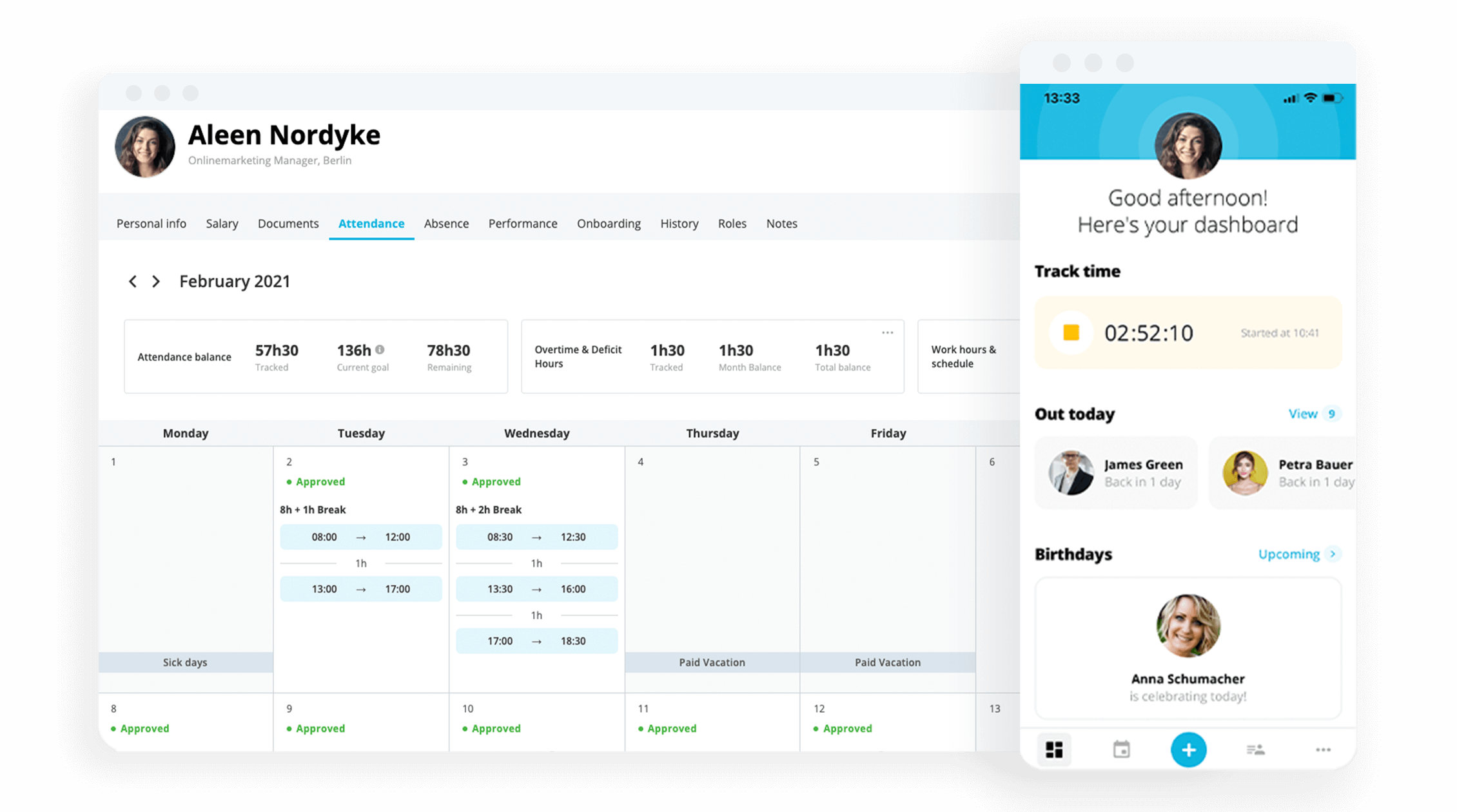
Attendance tracking with Personio means your HR team can keep on top of all working times and a safe return to work. Click the button below to see it in action.
Empower Employees To Track Their TimeA phased return means good returns for your business
Whether returning from a long-term illness or parental leave, a phased return to work is also a great opportunity to re-onboard your employees. This can help them get back up to speed, and do in a structured, programmatic fashion.
That's because onboarding isn't simply for new additions to your company. It's a process that can be rolled out for new hires, returning colleagues or people who simply need a refresher on how your company operates as it changes over time.
A great onboarding software can be a massive help. Personio offers an all-in-one HR solution that combines powerful hiring with great onboarding and even greater performance. Our solution can help you build a program for every type of employee.
